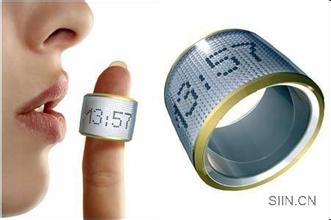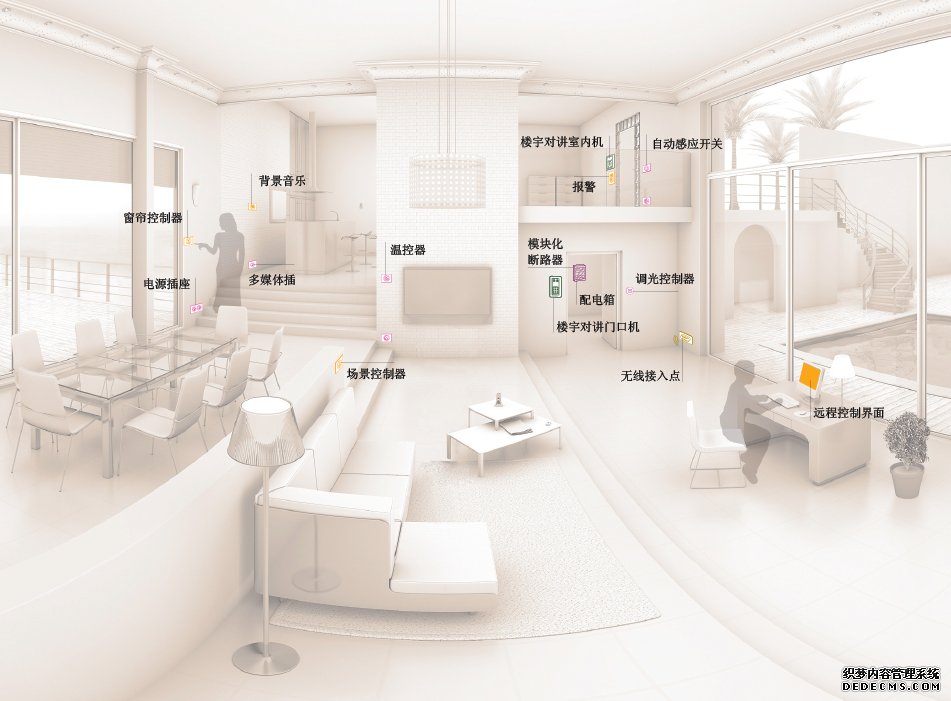由加利福利亞大學(xué)河濱分校伯恩工程學(xué)院教授帶領(lǐng)的團(tuán)隊(duì),近日發(fā)現(xiàn)半導(dǎo)體納米線激光器技術(shù)幾乎無所不能---包括可以殺滅病毒,還能提高DVDs的存儲容量。
半導(dǎo)體二極管紫外激光器廣泛用于數(shù)據(jù)處理、信息存儲以及生物學(xué)中。但是由于其尺寸、成本和能量的限制,其用途有限。最近研究出的新一代紫外激光器是基于一種叫做氮化鎵的材料研發(fā)而成的;電氣工程教授劉建林(音譯)和他的同事在氧化鋅納米線波導(dǎo)激光器發(fā)現(xiàn)了突破點(diǎn),這種激光器尺寸更小、成本更低、功率更高、且波長更短。
到目前為止,氧化鋅納米線還不能真正應(yīng)用于現(xiàn)實(shí)發(fā)光中;因?yàn)檫@種納米線缺乏所有半導(dǎo)體所需的p型或者陽極材料。劉教授通過在氧化鋅納米線中摻雜銻(一種準(zhǔn)金屬元素),構(gòu)建了這種p型材料,從而解決了該難題。
這種p型氧化鋅納米線通過與n型(陰極)氧化鋅材料聯(lián)接從而形成了一種叫做p-n結(jié)二極管的設(shè)備。由電池驅(qū)動,這種高度定向性激光器僅從納米線尾端發(fā)出光纖。
劉教授指出,“全球氧化鋅研究人員在過去的時間里都在嘗試這個方向的研究。此次發(fā)現(xiàn)將進(jìn)一步推動該技術(shù)的發(fā)展。”
劉教授的發(fā)現(xiàn)已經(jīng)發(fā)表在了《自然—納米技術(shù)》期刊七月版上。合著者包括:Sheng Chu、Guoping Wang、Jieying Kong、 Lin Li 、Jingjian Ren、以及加利福利亞大學(xué)河濱分校所有的研究生;以及中國復(fù)旦大學(xué)學(xué)生Weihang Zhou;中佛羅里達(dá)大學(xué)物理學(xué)教授Leonid Chernyak;中佛羅里達(dá)大學(xué)研究生Yuqing Lin;以及來自大連理工大學(xué)的訪問學(xué)者Jianze Zhao。

從左到右依次是研究人員: Guoping Wang,Jianlin Liu和Sheng Chu
此次發(fā)現(xiàn)影響極其深遠(yuǎn)
在信息存儲方面,這種氧化鋅納米線激光器能被用于讀取并處理類似DVDs等存儲媒體中更密集的數(shù)據(jù);因?yàn)檫@種紫外線比其他光,如紅光等的波長更短。例如,能存儲2小時音樂文件的DVD,如果在使用了這種新型激光器之后,則能存儲四小時或者六小時的音樂文件。
在生物療法和醫(yī)學(xué)療法領(lǐng)域,納米線激光器所釋放的超細(xì)激光束能穿透活體細(xì)胞,重新激活或者使其恢復(fù)成為正常的良性細(xì)胞。這種光也能被用于飲用水的凈化。
在光電學(xué)領(lǐng)域,這種紫外線能提供超快數(shù)據(jù)處理和傳輸服務(wù)。這種可靠的小型紫外線半導(dǎo)體二極管激光器有助于進(jìn)行紫外線無線通信技術(shù)的研發(fā);這種通信技術(shù)比目前各種電子信息系統(tǒng)中使用的紅外線通信技術(shù)要優(yōu)越很多。
陸軍研究處青年研究項(xiàng)目和國家自然科學(xué)基金委員會贊助了氧化鋅設(shè)備的部分研究工作。美國能源部(DOE)贊助了p型氧化鋅的研究工作。
原文如下:
A team led by a professor at the University of California, Riverside Bourns College of Engineering has made a discovery in semiconductor nanowire laser technology that could potentially do everything from kill viruses to increase storage capacity of DVDs.
Ultraviolet semiconductor diode lasers are widely used in data processing, information storage and biology. Their applications have been limited, however, by size, cost and power. The current generation of ultraviolet lasers is based on a material called gallium nitride, but Jianlin Liu, a professor of electrical engineering, and his colleagues have made a breakthrough in zinc oxide nanowire waveguide lasers, which can offer smaller sizes, lower costs, higher powers and shorter wavelengths.
Until now, zinc oxide nanowires couldn’t be used in real world light emission applications because of the lack of p-type, or positive type, material needed by all semiconductors. Liu solved that problem by doping the zinc oxide nanowires with antimony, a metalloid element, to create the p-type material.
The p-type zinc oxide nanowires were connected with n-type, or negative type, zinc oxide material to form a device called p-n junction diode. Powered by a battery, highly directional laser light emits only from the ends of the nanowires.
“People in the zinc oxide research community throughout the world have been trying hard to achieve this for the past decade,” Liu said. “This discovery is likely to stimulate the whole field to push the technology further.”
Liu’s findings have been published in the July issue of Nature Nanotechnology. Co-authors are: Sheng Chu, Guoping Wang, Jieying Kong, Lin Li and Jingjian Ren, all graduate students at UC Riverside; Weihang Zhou, a student at Fudan University in China; Leonid Chernyak, a professor of physics at the University of Central Florida; Yuqing Lin, a graduate student at the University of Central Florida; and Jianze Zhao, a visiting student from Dalian University of Technology in China.
The discovery could have a wide-range of impacts.
For information storage, the zinc oxide nanowire lasers could be used to read and process much denser data on storage media such as DVDs because the ultraviolet has shorter wavelength than other lights, such as red. For example, a DVD that would store two hours of music could store four or six hours using the new type of laser.
For biology and medical therapeutics, the ultra-small laser light beam from a nanowire laser can penetrate a living cell, or excite or change its function from a bad cell to a good cell. The light could also be used to purify drinking water.
For photonics, the ultraviolet light could provide superfast data processing and transmission. Reliable small ultraviolet semiconductor diode lasers may help develop ultraviolet wireless communication technology, which is potentially better than state-of-the-art infrared communication technologies used in various electronic information systems.
The work on the ZnO device was in part supported by Army Research Office Young Investigator Program and the National Science Foundation. The work on p-type ZnO was supported by the Department of Energy.
(審核編輯: 智匯小新)
分享



